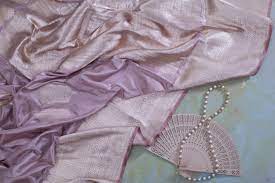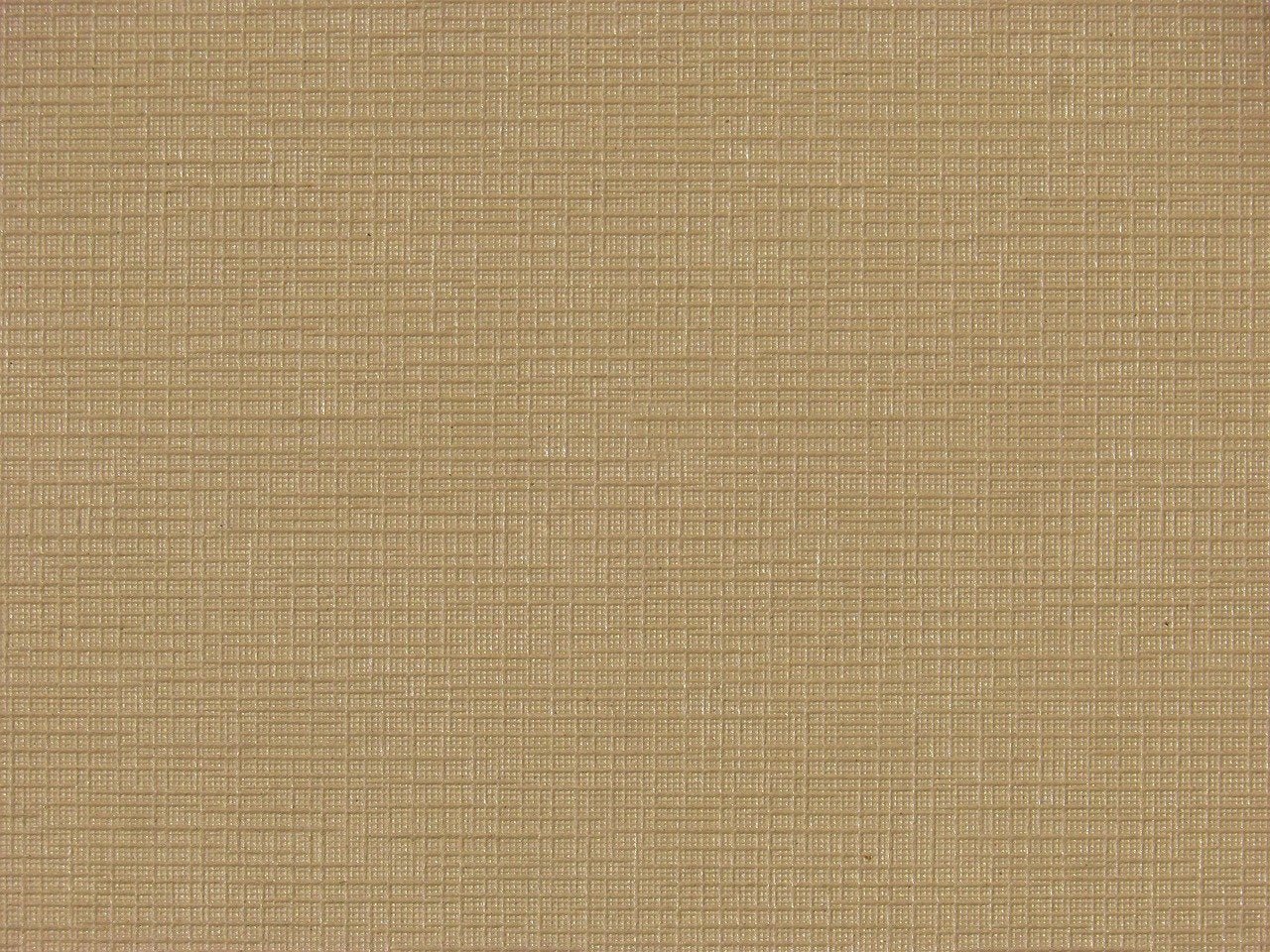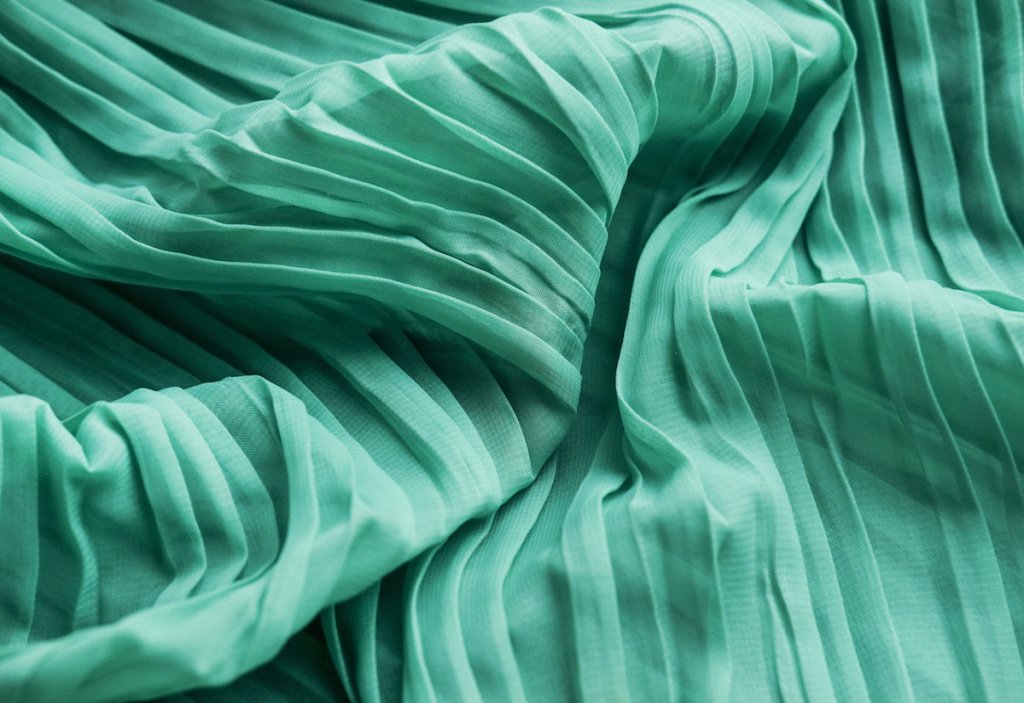Tussar fabric was rooted in medieval times and shares its history with raw silk. In Sanskrit, kosa silk was called it. Jharkhand stands at the top of the production of desi tussar with the largest amount of silk being made there. There are several skilled tribal workers living in the Kharsawa district of this state, who have passed their skills down through the generations. Consequently, they have a unique and incomparable storehouse of knowledge and a unique and incomparable technique. Because sericulture can generate revenue, silk producers are motivated to deliver quality silk and avoid flaws. Tribals living in the Eastern part of the country produce Tussar silk cloth for a living. Tribal women are mostly employed in the spinning of the yarn. These women are skilled at what they do and are dedicated to what they produce. To weave a 10-metre piece of tussar silk takes three days.
ORIGIN OF TASAR
India stands as the world's 2nd largest producer of Tussar silk, and its craftsmanship is impeccable. Natural gold colour and rich texture combine to create the exquisite art of Tussar silk. Saris of the region are known for their wonderful motifs and designs. A silkworm breeds on trees, not a mulberry tree, which gives Tussar silk its name, which means 'wild' silk. Silk similar to this is produced by the larvae of silk worms belonging to the genus Antiheroes in the forests of Jharkhand, Chhattisgarh, or Bhagalpur in Bihar. The Sanskrit word kauseya refers to silk. The Sanskrit word tasar refers to the weaver's shuttle, Tarifa, as it appears in the Rig Veda. Indian textiles have long featured silk fabrics, and draping yourself in one is considered auspicious, especially during rituals.
EVOLUTION OF TASAR
Assam, Bihar, Jharkhand, and West Bengal are all known across India as the Tussar belt. Madhya Pradesh, Jharkhand, Chattisgarh, Bihar, and West Bengal produce most of the Tussar silk cloth. India's tussar silk cloth production mostly comes from Jharkhand. Sericulture has become one of the most viable sources of income in Kansas due to the weaving skills of the tribal workforce. Jharkhand is therefore considered to be a treasure trove of knowledge and weaving techniques that are unique to this state. A silkworm known as Antheraea mylitta or Antheraea proylei produces tussar, a special type of silk. Their diet does not include mulberries or vines. One interesting characteristic of silk gained from worms is that its colour depends on the leaves the worms eat as well as the climatic conditions in the region where they are reared. Tussar silk, therefore, only comes in a variety of natural shades, from cream to off-white, honey brown to a gold brown and everyone in between. Given that it is reared in the wild, tussar silk will seem coarser than mulberry silk. Therefore, wild silk is often called wild silk. In India, Tussar has a rich history of fabric that dates back to ancient times. Kohti's monopoly has served its interests well, benefiting from the Bhandara district of Maharashtra. Despite its high status, Tasar is only going to get better with continuing experimentation. It is humbling to know that silk, which is much sought after, is a silken thread that connects cultures throughout the ages.
Textiles and threads in India are dominated by Tussar silk. Tussar silk has unique properties that make it both aesthetically pleasing and incredibly elegant.
- The texture is coarse and rich
- It provides a cooling, comforting feeling
- The saree acquires dual shades
- Despite its lightness, it is easy to wear



Leave a comment
This site is protected by hCaptcha and the hCaptcha Privacy Policy and Terms of Service apply.